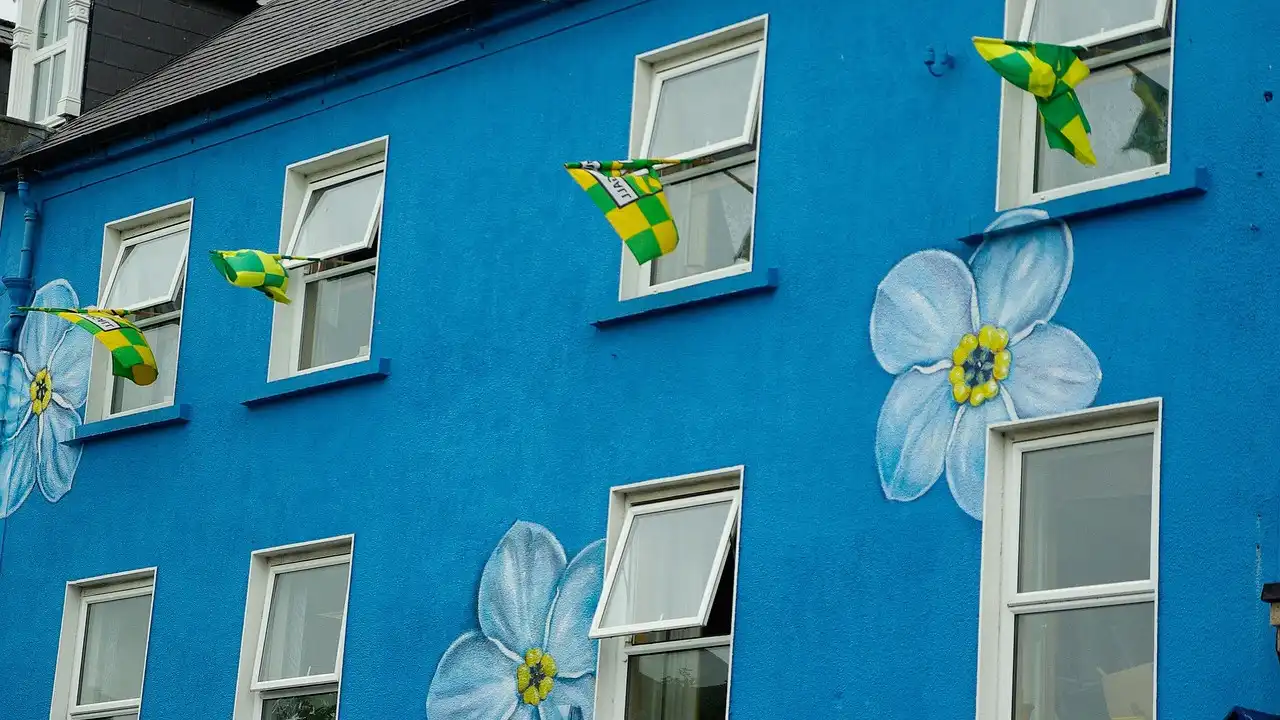How To Say Thank You In Irish Gaelic
Author

Saying “thank you” is one of the first and most important phrases you learn in any language. It’s a fundamental piece of polite conversation.
Let’s look at the most common ways to express gratitude in Irish (Gaeilge).
Table of Contents:
The standard way to say ‘thank you’
The most common and widely used way to say “thank you” in Irish is:
Go raibh maith agat.
If you break this phrase down literally, it translates to something quite beautiful: “May there be good at you.”
It’s not just a simple “thanks”; it’s a small blessing or a wish for the other person’s well-being. This is very common in the Irish language, where everyday phrases often carry a deeper, more poetic meaning.
You use Go raibh maith agat when you’re speaking to one person.
Seo do chaife.
Go raibh maith agat.
How to thank more than one person
What if you want to thank a group of people? Your family for a lovely dinner, or your friends for a gift?
The phrase changes slightly. You swap agat for agaibh.
Go raibh maith agaibh.
The only difference is the last word, but it’s an important one. This distinction between the singular ‘you’ and the plural ‘you’ is a key feature of Irish grammar.
Here’s a simple table to help you remember:
| Irish Phrase | Pronunciation (Approx.) | When to Use |
|---|---|---|
| Go raibh maith agat | Guh rev mah ugg-ut | Thanking one person |
| Go raibh maith agaibh | Guh rev mah ugg-iv | Thanking two or more people |
Imagine a teacher thanking her students at the end of a lesson. She would say:
Rang den scoth a bhí ann. Go raibh maith agaibh, agus slán!
A shorter, heartfelt way to say thanks
Another very common way to express thanks, which is a bit like saying “Thanks a million!” in English, is:
Míle buíochas.
This literally means “a thousand thanks” (míle = thousand, buíochas = thanks/gratitude).
It’s warm, sincere, and can be used in both formal and informal situations. It’s a lovely, emphatic way to show you’re really grateful for something.
Chabhraigh tú go mór liom. Míle buíochas!
How to say ‘you’re welcome’
Of course, you also need to know how to respond when someone thanks you. The standard way to say “you’re welcome” is:
Tá fáilte romhat.
Literally, this means “There is a welcome before you.”
And just like with “thank you,” this phrase also changes depending on whether you’re speaking to one person or a group.
- To one person: Tá fáilte romhat. (roh-at)
- To a group: Tá fáilte romhaibh. (roh-iv)
Another very natural and common response, similar to “Don’t mention it,” is:
Ná habair é.
This literally means “Don’t say it.” It’s a casual and friendly way to respond to thanks.
Here’s how a conversation might go:
Go raibh maith agat as an gcabhair.
Tá fáilte romhat!
Final thoughts
Mastering these simple chunks - Go raibh maith agat, Míle buíochas, and Tá fáilte romhat - will make your Irish interactions much more natural and polite.
These are exactly the kinds of foundational phrases we focus on in our Talk In Irish course. We help you learn the most useful pieces of the language first so you can start having real, simple conversations right away.
Practice these phrases out loud. The more you say them, the more natural they’ll feel.
Slán go fóill! (Bye for now!)